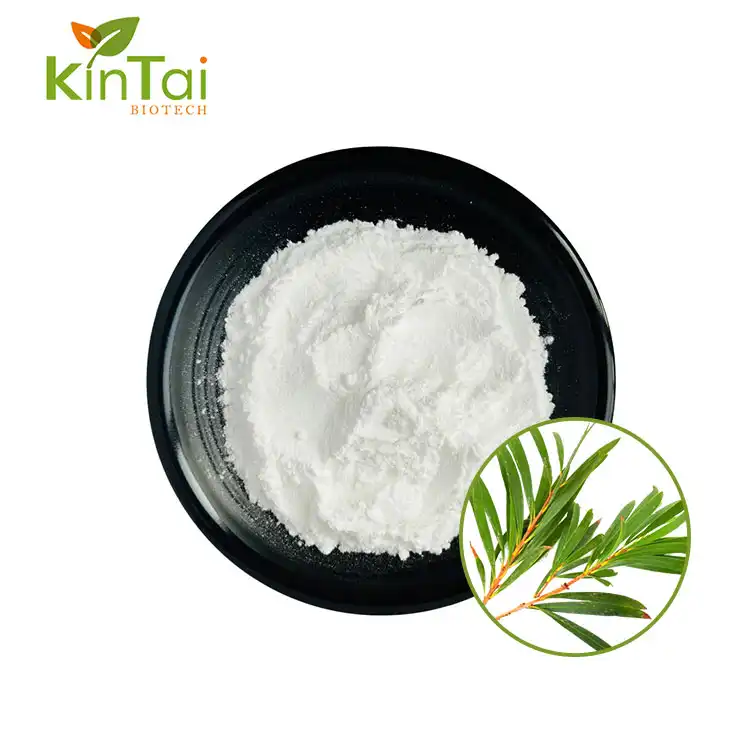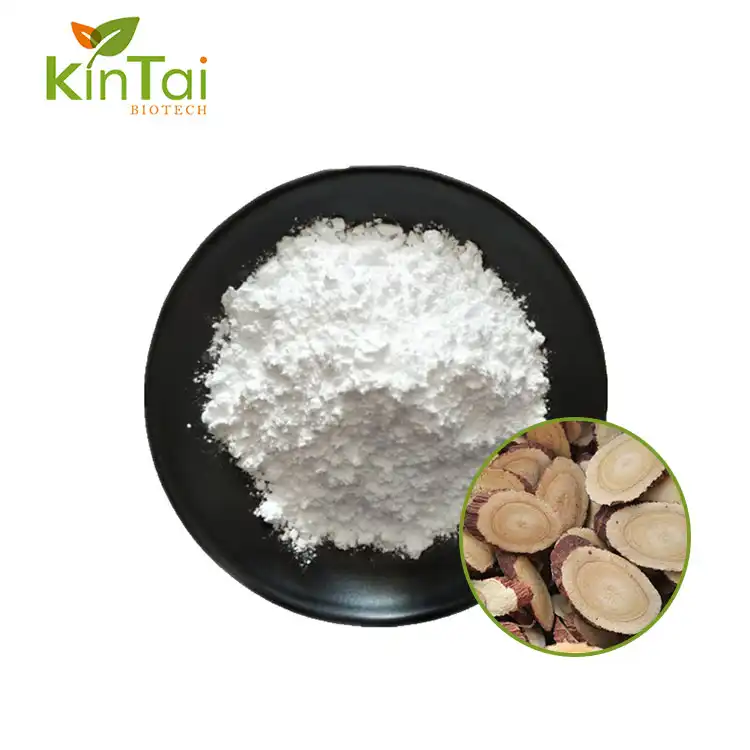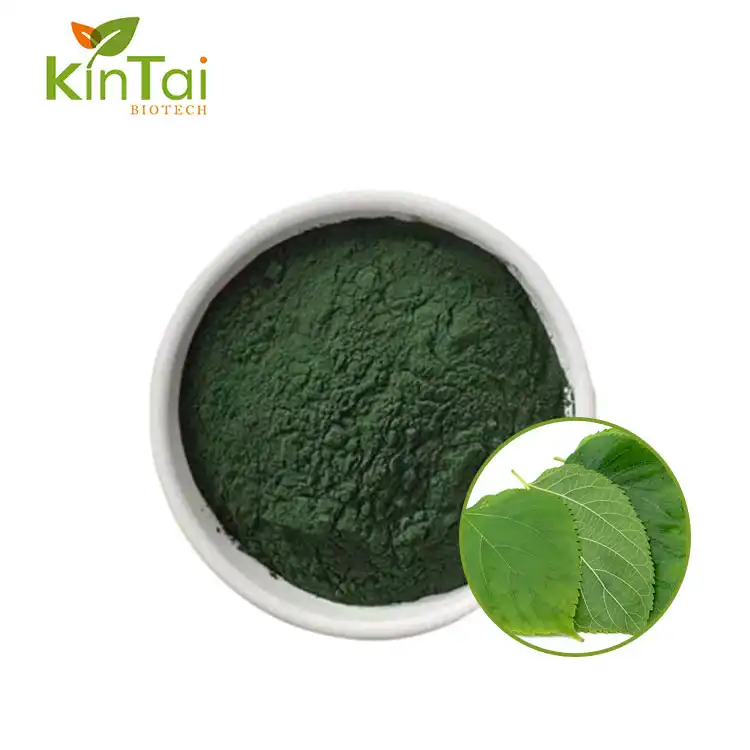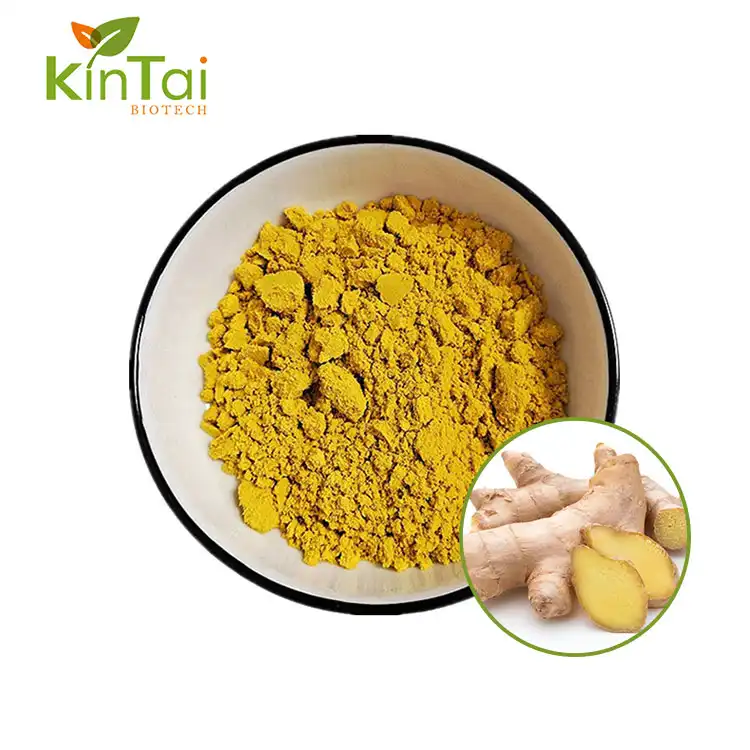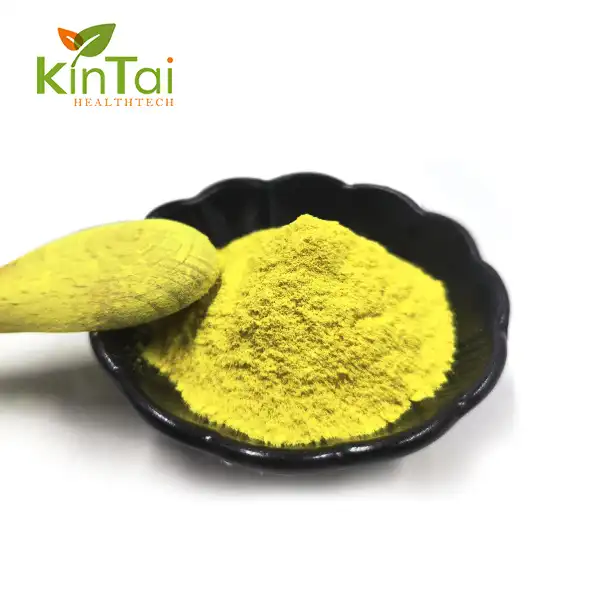What is Dihydromyricetin?
2023-12-12 20:46:48
In the ever- expanding realm of health and wellness, the hunt for natural remedies and supplements has gained instigation. One similar compound that has piqued the interest of experimenters and suckers likewise is dihydromyricetin( DHM). This composition delves into the depths of dihydromyricetin, exploring its origins, implicit health benefits, and the scientific geography girding this interesting substance.
Unveiling the Origins of Dihydromyricetin
Dihydromyricetin, generally known as DHM, is a flavonoid deduced from the Hovenia Dulcis tree, native to Asia. The tree, also known as the Japanese raisin tree or oriental raisin tree, has a rich history in traditional drug. Its dinghy and fruit have been employed for centuries in Asian societies to address colorful health enterprises. DHM, uprooted from the leaves of this tree, has come the focal point of scientific scrutiny due to its purported remedial parcels.
Exploring the Biochemical Makeup of Dihydromyricetin
To comprehend the potential benefits of dihydromyricetin, it is imperative to unravel its biochemical structure. Dihydromyricetin belongs to the flavonoid class of compounds, which are renowned for their antioxidant properties. Antioxidants play a pivotal role in neutralizing free radicals in the body, thereby mitigating oxidative stress—a factor implicated in numerous health issues, including aging and chronic diseases.
The Antioxidant Arsenal of Dihydromyricetin
Dihydromyricetin, with its robust antioxidant profile, stands out as a formidable defender against oxidative stress. Studies have shown that DHM possesses the ability to scavenge free radicals, potentially reducing the risk of cellular damage. This antioxidant prowess extends beyond conventional boundaries, making dihydromyricetin a captivating subject for further investigation in the field of preventive medicine.
Dihydromyricetin and Liver Health
A substantial body of research has been dedicated to understanding the impact of dihydromyricetin on liver health. The liver, a vital organ responsible for detoxification and metabolic processes, is susceptible to damage from various factors, including alcohol consumption. Dihydromyricetin has been investigated for its potential hepatoprotective effects, with some studies suggesting that it may aid in mitigating alcohol-induced liver damage.
Navigating the Scientific Landscape: Research on Dihydromyricetin
The scientific community has embarked on an extensive exploration of dihydromyricetin, with research studies shedding light on its multifaceted properties. From antioxidant effects to anti-inflammatory potential, the literature surrounding DHM is both diverse and evolving. As we delve into the scientific landscape, it becomes apparent that dihydromyricetin is not merely a fleeting trend but a subject of genuine scientific interest.
Dihydromyricetin in Traditional Medicine: Bridging Ancient Wisdom with Modern Science
The use of dihydromyricetin in traditional medicine forms an integral part of its narrative. Traditional healers, especially in Asian cultures, have long revered the Hovenia Dulcis tree for its medicinal properties. In the context of dihydromyricetin, the marriage of ancient wisdom and modern scientific validation provides a compelling narrative that transcends cultural boundaries.
Potential Applications of Dihydromyricetin in Neuroprotection
Beyond its implications for liver health, dihydromyricetin has garnered attention for its potential neuroprotective properties. Preliminary studies suggest that DHM may exert protective effects on the nervous system, offering a glimmer of hope in the realm of neurological disorders. As research advances, the prospect of dihydromyricetin as a neuroprotective agent beckons further exploration.
Dihydromyricetin and Metabolic Health: A Balancing Act
Metabolic health is a cornerstone of overall well-being, and dihydromyricetin has entered the spotlight as a potential ally in maintaining balance. Some studies propose that DHM may have beneficial effects on metabolism, though the mechanisms behind these effects warrant deeper investigation. This intersection of dihydromyricetin and metabolic health introduces a captivating dimension to its potential applications.
Challenges and Controversies: A Critical Examination
While the journey of dihydromyricetin through the scientific landscape has been promising, it is not devoid of challenges and controversies. Criticisms regarding study methodologies, variations in results, and the need for more extensive clinical trials underscore the nuanced nature of scientific inquiry. As we navigate through the discourse surrounding dihydromyricetin, a critical examination of both its merits and limitations becomes imperative.
Dihydromyricetin Supplements: Navigating the Market Landscape
The surge in popularity of dihydromyricetin has led to a proliferation of supplements in the market. Navigating this landscape requires a discerning approach, considering factors such as product quality, dosage, and potential interactions with other substances. As consumers seek to harness the benefits of dihydromyricetin, understanding the market dynamics becomes crucial for making informed choices.
Future Horizons: What Lies Ahead for Dihydromyricetin Research?
The journey of dihydromyricetin in the scientific realm is far from over. As researchers continue to unravel its mysteries, the future holds the promise of deeper insights into its therapeutic potential. From refining existing knowledge to exploring novel applications, the horizons for dihydromyricetin research are brimming with possibilities.
Dihydromyricetin's Uncharted Territory
In conclusion, the exploration of dihydromyricetin takes us through uncharted territory where ancient traditions converge with modern scientific rigor. From its origins in traditional medicine to the forefront of antioxidant research, dihydromyricetin stands as a testament to the symbiosis between nature and scientific inquiry. As we navigate this journey, the multifaceted nature of dihydromyricetin beckons us to delve deeper, prompting both awe and a sense of responsibility in harnessing its potential for the betterment of human health.
If you would like to learn more, please contact health@kintaibio.com
References:
World Health Organization. "Antioxidants and health: An introduction." https://www.who.int/news-room/q-a-detail/antioxidants-and-health
National Center for Biotechnology Information. "Dihydromyricetin exhibits therapeutic effects on rheumatoid arthritis." https://pubmed.ncbi.nlm.nih.gov/31285762/
Journal of Agricultural and Food Chemistry. "Hepatoprotective effect of dihydromyricetin against alcoholic liver injury." https://pubs.acs.org/doi/10.1021/jf502098p
Frontiers in Pharmacology. "Neuroprotective effects of dihydrom



